The United States engaged in the War on Drugs for the same reason it passed Alcohol Prohibition—to save people from themselves. However, people still used intoxicants anyway. When these substances were purchased on the black market, people paid the ultimate price when they died from bathtub gin or adulterated drugs.
Shared needles became the most common transmission pathway for AIDS as sale of sterile needles, seen as “drug paraphernalia,” were also banned in many states. Indeed, the War on Drugs kills about 10 times as many people as drugs do, primarily because AIDS is spread this way.
The U.S. government poisoned alcohol during Prohibition, hoping that deaths from drinking would decrease use. These people were killed in the false hope that others would be deterred. The CIA funded some of its covert operations with “protection money” from overseas drug lords at the same time as school children were told to “Just say, ‘No!’”
Even those who didn’t use intoxicants were harmed. The homicide rate doubled under both alcohol and drug prohibition; innocent children got caught in the crossfire from the turf wars. Crime soared as addicts had to pay 10-100 times as much to support their habit.
Prohibition, either of alcohol or drugs, doesn’t stop people from using them. The laws themselves harm those trying to get high more than the drugs themselves. A prison sentence can ruin their lives and make them virtually unemployable.
Alcohol prohibition was quickly repealed. Those who once supported it often were the champions of ending it when they discovered that it was a “cure” that was worse than the “disease” of drinking. Several countries have now decriminalized or legalized drugs after recognizing that the War on Drugs kills more people than the drugs themselves.
Several of our recent presidents have admitted to using drugs. They have not been prosecuted or jailed. Why then should we imprison so many young black people for their “youthful indiscretions”? While I’m no Obama fan, I do applaud him for releasing several thousand peaceful drug users from prison. Many Libertarian presidential candidates have pledged to do just that, recognizing how the War on Drugs has disproportionately targeted the black communities.
Some countries have stopped their U.S.-inspired War on Drugs, legalizing or decriminalizing their use and/or sale. Many predicted that drug use in these nations would skyrocket overnight, especially in school age children. Just the opposite happened. In the Netherlands, addicts are treated as patients needing treatment rather than criminals deserving prison. Pushers have virtually abandoned the Dutch schools.
Teenage consumption of alcohol and tobacco is similar in the Netherlands and the United States, but use of marijuana and cocaine in the Netherlands is only 10–40% of U.S. rates, depending upon the age group compared. The age of the average Dutch addict is rising, as fewer youngsters become involved with drugs. The best way to get the pushers out of schools is to take the profit out of drugs by ending prohibition!
In 2001, Portugal decriminalized all drug usage, including heroin and cocaine. Public users are still given a citation and appear before a “Dissuasion Committee” which suggests treatment options, but has no power to impose a prison sentence. Dealers can still be criminally prosecuted. As a result, the number of people in treatment programs has more than doubled. Drug addicts who might have feared arrest now can safely solicit treatment.
By 2006, fewer grade school and high school students in Portugal were using any type of drug. Slightly older groups increased their use of cannabis, but lowered their use of more dangerous heroin. By 2003, drug-related deaths were about half of what they had been before decriminalization. The number of drug users who are infected with HIV or AIDS has dropped steadily since decriminalization, far surpassing the decline seen in those who don’t use drugs.
In Switzerland, heroin addicts are allowed to have as much as they want, as long as they take it in the clinic. Usually they ask for less. Perhaps when they don’t have the stress associated with criminalization, life’s pain requires less treatment.
When the clinics open, crime plummeted almost immediately. Addicts who get prescription heroin carry out half the thefts as those who get their drugs in the black market and commit 80% fewer muggings. AIDS among drug users dropped from 68% to 5%. The number of addicts who died fell dramatically, the proportion with jobs tripled, and all clinic users had a home. The Swiss, a practical people, like these programs because, even though it costs them to treat each addict, it’s still 20% cheaper than arresting and imprisoning them.
Many people find it difficult to believe that re-legalizing drugs will actually decrease consumption or rehabilitate addicts faster. However, in the early 1900s, when children could buy alcohol or medicinal heroin in any U.S. drugstore, addiction was less of a problem than it is today. Even in our prisons, drugs are readily available. If we can’t stop drug use there, how can we expect to do so in the rest of the population?
Like alcoholism, dependence on drugs is a medical problem. People who are willing to sacrifice their health, wealth, families, and friends for chemical highs require our help, not our condemnation. Ending drug prohibition might even make our roads safer if people substituted marijuana for alcohol. Drinkers drive more aggressively when under the influence than cannabis users do.
Cannabis smokers recognize their impairment more often and compensate by driving more slowly. Consequently, studies show that alcohol drinkers cause more accidents than cannabis smokers, whose accident rate is often indistinguishable from drivers who use neither drug. This appears to be what is happening in Colorado, which recently legalized marijuana, even for recreational use.
In France, where drivers are under the influence of marijuana or alcohol to a similar extent (2.9% versus 2.7% respectively), over ten times as many fatal crashes were due to alcohol (28.6%) than cannabis (2.5%). Today, with the mandatory minimums for drug-related crimes, we could end up putting more dangerous drunk drivers back on the road in order to keep less dangerous marijuana smokers behind bars!
Making a law doesn’t make it so. New laws perturb the established order and have unintended consequences. The War on Drugs is a war on people who are so unhappy that they are willing to risk their very lives in an attempt to stop their pain. Why not help them get to the root of their problems rather than threatening them with imprisonment or poisoning? We’ll be rewarded for ending the War on Drugs with decreased crime, fewer homicides, and fewer pushers in our schools. Isn’t it time we opted for the compassionate choice?
These posts are part of a “Cliff Notes” version of my award-winning international best-selling libertarian primer, Healing Our World. The next post in this series will be Chapter 16, “Policing Aggression.” If you’d like to learn more about how the War on Drugs kills more people than the drugs themselves before the next post, check out Chapter 15 of the 1993 edition of Healing Our World, in my Free Library at www.ruwart.com.
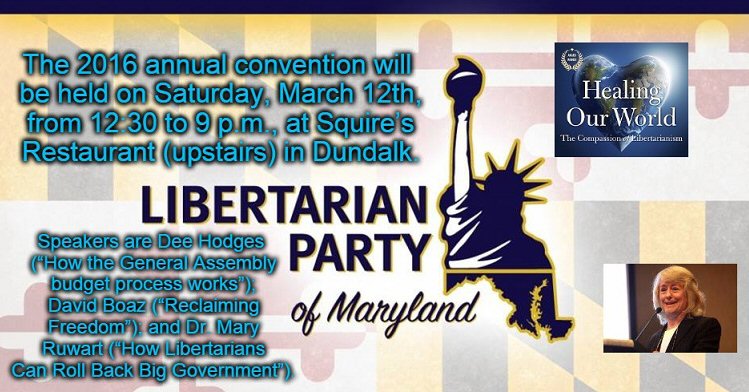




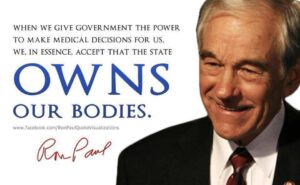
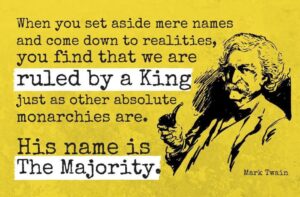
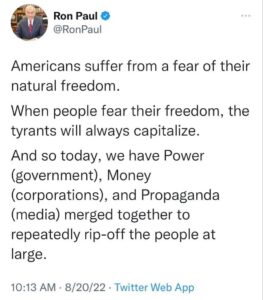
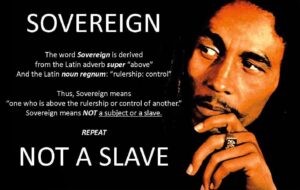
1 thought on “Dealing in Death”